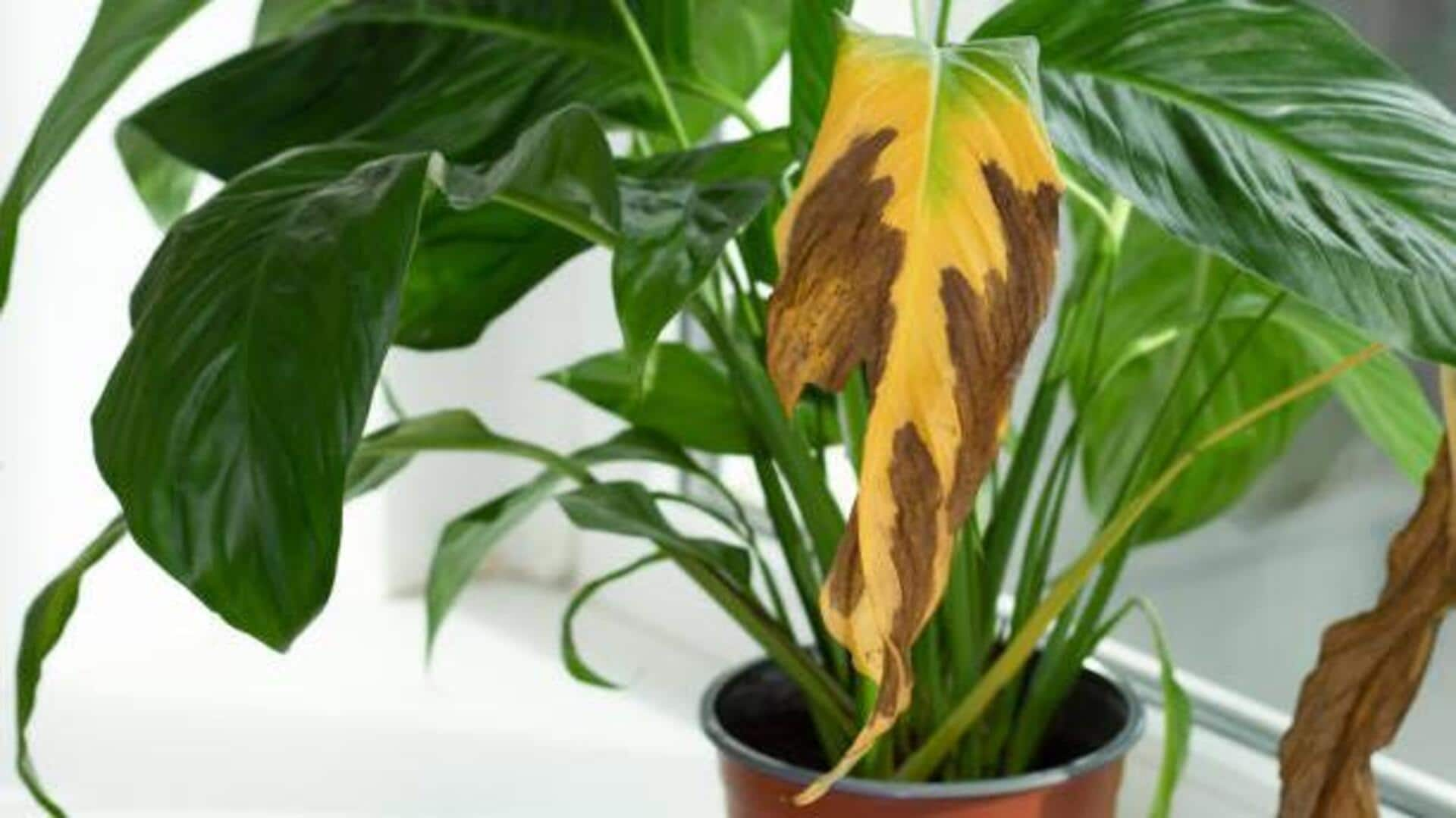
Plant turning yellow? Try this hack
What's the story
Plant yellowing can be a common problem for gardeners and plant enthusiasts alike. However, one simple and cost-effective way of tackling the issue is by using diluted liquid dish soap. This household item can help keep your plants healthy, and prevent yellowing, when used appropriately. Here's how diluted dish soap works, how to prepare it, and tips to apply it.
Soap's function
Understanding the role of dish soap
Liquid dish soap has surfactant properties, which helps break down the waxy coating of pests like aphids and mites which may cause the yellowing of plants. By disrupting their protective layer, these pests become more vulnerable to dehydration and eventually die off. This process reduces pest-related stress on plants, preventing yellowing.
Mixing instructions
Preparing the diluted solution
To prepare this effective solution, mix one teaspoon of liquid dish soap with one liter of water. Make sure that the soap is completely dissolved in water before using it. Don't go beyond this concentration, as higher amounts can damage plant tissues instead of aiding them.
Proper usage
Application techniques for best results
Apply the diluted solution using a spray bottle directly onto affected areas of the plant. Focus on both sides of leaves where pests are likely to hide. It is best applied during early morning or late afternoon when temperatures are cooler, to prevent leaf burn from sunlight exposure.
Observational tips
Monitoring plant response
After applying the solution, keep a close watch on your plants over the following days for any signs of improvement or negative reactions like leaf burn or discoloration. If you notice any negative effects, rinse plants with clean water immediately and modify future applications by further diluting the mixture if needed.